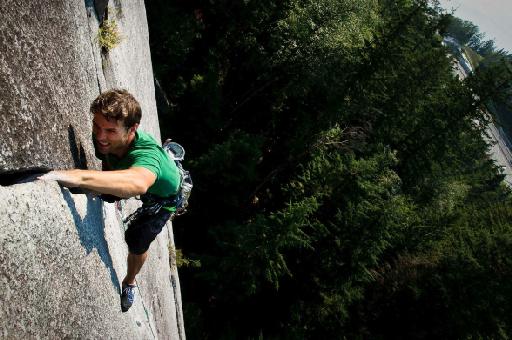Rock climbing presents a unique blend of physical, mental, and technical challenges that can be daunting to beginners. This comprehensive overview explores the primary difficulties newcomers face, aiming to equip aspiring climbers with insights to navigate their initial climbing experiences more effectively.
Physical Demands
Strength and Endurance
Rock climbing requires significant upper body, core, and leg strength, not just for pulling oneself up but also for maintaining stability and support on the rock. New climbers often find their forearms fatiguing rapidly due to the constant gripping and the need to support their body weight in often unfamiliar positions. Building endurance through climbing-specific exercises and gradually increasing climbing time can help mitigate these challenges.
Flexibility
Flexibility is crucial for reaching distant holds and maneuvering through complex routes. Beginners may struggle with high steps or wide stretches that demand more than their current flexibility allows. Incorporating dynamic stretching into regular workouts can improve range of motion over time.
Mental Barriers
Fear of Falling
The fear of falling is a significant mental hurdle for new climbers. Trusting the equipment and one's belayer is crucial but can be difficult to accept initially. Practice falls in a controlled environment and learning about the safety systems in place can help alleviate this fear.
Overcoming Plateaus
Progress in rock climbing can sometimes stall, leading to frustration. This plateauing effect can demotivate climbers. Setting small, achievable goals and focusing on technique rather than just conquering routes can help overcome these mental blocks.
Technical Skills
Learning to Belay
Belaying is an essential skill in rock climbing, involving managing the rope to ensure the safety of the climber. It requires attention, coordination, and trust. New climbers must learn and practice belaying under supervision to become proficient and ensure the safety of their climbing partners.
Route Reading
Understanding how to read a route, identifying the best path, and planning moves ahead can be challenging for beginners. It often comes with experience and practice. Watching experienced climbers and attempting routes multiple times can improve route-reading skills.
Equipment Understanding
Gear Selection
Knowing what gear is necessary and how to use it properly is crucial. For beginners, the array of shoes, harnesses, carabiners, and belay devices can be overwhelming. Research and advice from experienced climbers can help new enthusiasts choose the right equipment for their needs.
Maintenance and Care
Maintaining climbing gear is vital for safety and longevity. New climbers must learn to inspect their equipment regularly for signs of wear and damage, clean and store it correctly, and understand when it's time to retire and replace gear.

Cost Considerations
The initial investment in climbing gear and gym memberships can be significant. Climbing shoes can range from $80 to $200, harnesses from $50 to $120, and memberships to climbing gyms often exceed $50 per month. While cost-effective alternatives exist, such as using rental equipment or seeking discounted memberships, the financial aspect remains a barrier for some.
Time Commitment
Rock climbing demands both time and patience. Developing proficiency, strength, and technique requires regular practice, often multiple times a week. Balancing this with other life commitments can be challenging for new climbers.
Conclusion
Rock climbing is a rewarding sport that offers a unique mix of challenges. Understanding and gradually overcoming the difficulties discussed can lead to a fulfilling climbing journey. For those wondering, "is rock climbing hard?" it's essential to recognize that while the sport is challenging, it's also incredibly rewarding and accessible with the right approach and mindset.